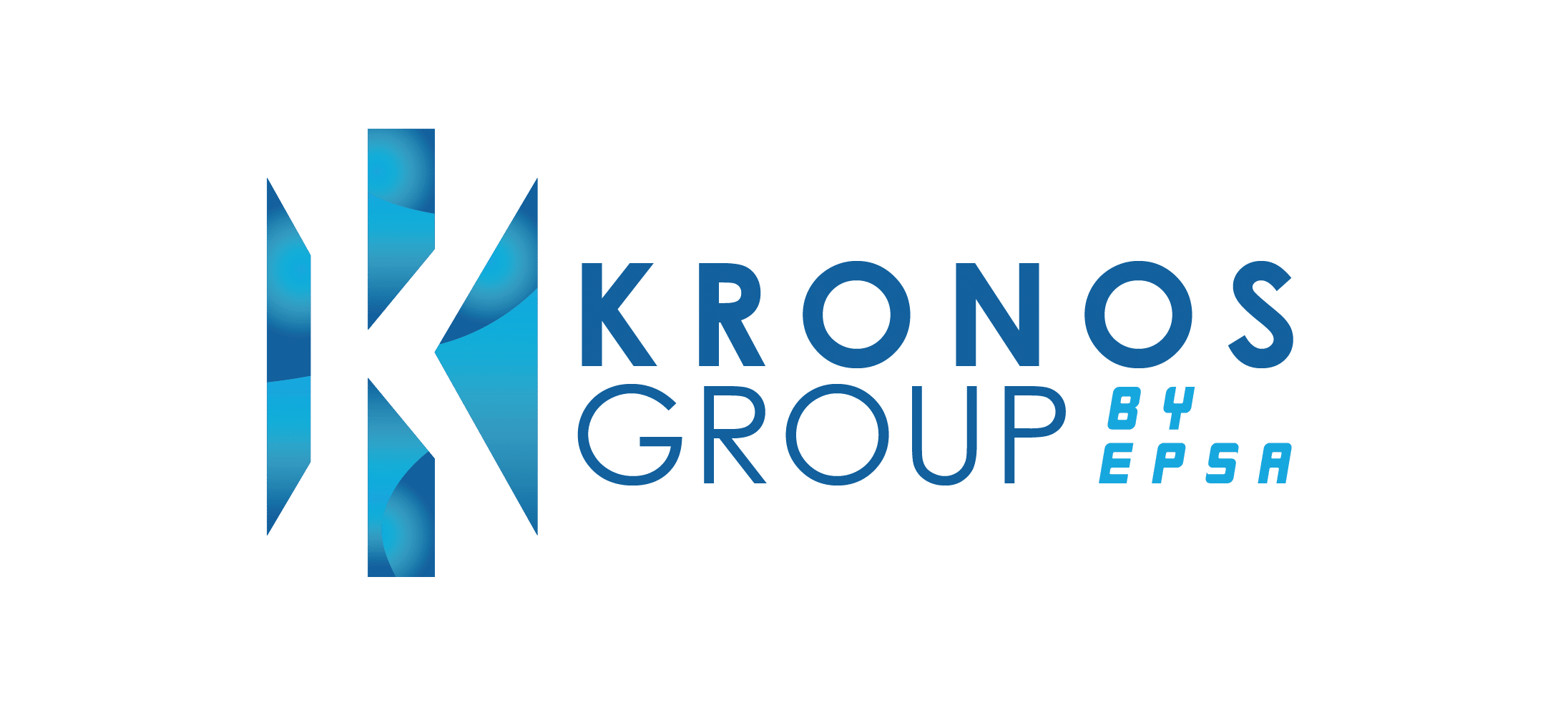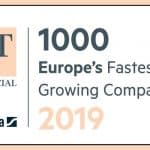How your organisation can benefit from instituting a strategic plan to boost long-term procurement saving efforts

Summary
Instituting a strategic plan to boost long-term savings in procurement efforts is a critical step for any organisation looking to reduce costs and increase efficiency.
The procurement function generally accounts for the largest proportion of spending within organisations and is often one of the few areas where small courses of action can result in significant outcomes, highlighting the importance of a strategic plan for long-term savings in procurement.
Through the development of a comprehensive long-term procurement strategy, organisations can identify cost savings opportunities, reduce risks, and build better relationships with their suppliers.
By understanding the role of savings in procurement activities in long-term cost reduction efforts, organisations can achieve sustainable cost savings over the long term while also improving their overall business operations.
Organisations are under immense pressure to reduce costs and increase efficiency to survive in the current economic climate which is filled with uncertainties that can further complicate today’s highly competitive business landscape.
One area that offers significant promise, opportunities, and scope for cost savings is the procurement function.
By instituting a strategic plan to boost long-term savings in procurement efforts, organisations can establish a solid foundation for sustainable cost savings.
Here, we’ll discuss the importance of a strategic plan for long-term savings through cost control and other efforts in the procurement space and the role of procurement saving in long-term cost reduction.
The importance of a strategic plan for long-term savings in procurement
A strategic plan for long-term procurement saving efforts is a comprehensive and sustainable initiative that outlines the organisation’s procurement goals and objectives. It sets out a roadmap for achieving those goals, including the steps that need to be taken, the resources that will be required, and the timelines for implementation.
The key benefits of a strategic plan for long-term savings in procurement operations are as follows:
Cost savings: By implementing a comprehensive procurement strategy, organisations can identify cost savings opportunities and take advantage of them over the long term. This can include negotiating better pricing from suppliers, identifying more efficient procurement processes, and reducing waste.
Risk mitigation: A strategic plan can help organisations identify potential risks in the procurement process and develop strategies to mitigate those risks. This can include developing contingency plans for supply chain disruptions or identifying alternative suppliers in case of quality issues.
Supplier relationship improvement: By developing a long-term procurement strategy, organisations can build better relationships with their suppliers. This can lead to better pricing, improved quality, and more reliable delivery.
The role of savings in procurement activities in long-term cost reduction efforts
Procurement savings play a critical role in long-term cost reduction. By identifying cost savings opportunities in the procurement process, organisations can achieve sustainable cost savings over the long term.
Some of the key areas where significant savings in procurement efforts can be achieved include:
Supplier pricing: Negotiating better pricing from suppliers is a key element of cutting purchasing and sourcing costs. By developing a better understanding of supplier pricing structures and leveraging that knowledge to negotiate better pricing, organisations can achieve significant cost savings.
Process efficiency: Streamlining procurement processes can also lead to a more effective procurement process that results in significant cost savings. By reducing manual processes and implementing more efficient procurement processes, organisations can reduce costs related to procurement activities.
Waste reduction: Reduction of waste is another area where significant procurement savings can be achieved. By identifying areas where waste is being generated within the procurement process and developing strategies to reduce waste, organisations can achieve cost savings while also improving their sustainability practices.
Inventory management: Effective inventory management is another key area where savings in procurement costs can be achieved. By optimising inventory levels and reducing excess inventory, organisations can reduce the costs associated with storage, handling, and obsolescence.
Organisations can reduce costs while also improving their overall business operations by implementing a comprehensive long-term procurement strategy that is focused on cost control.
Determine the full procurement saving potential of your organisation through an expert assessment
To fully leverage the opportunities on offer to enhance savings and streamline procurement, it is necessary to completely understand and realise the potential and capabilities for savings within your organisation to formulate a strategic plan to improve the procurement function for better cost efficiency.
A strategic procurement maturity assessment conducted by a provider with specialist knowledge and experience in the procurement field is the recommended first step for all organisations that strive to begin strategic planning to boost long-term cost savings through their procurement function.



